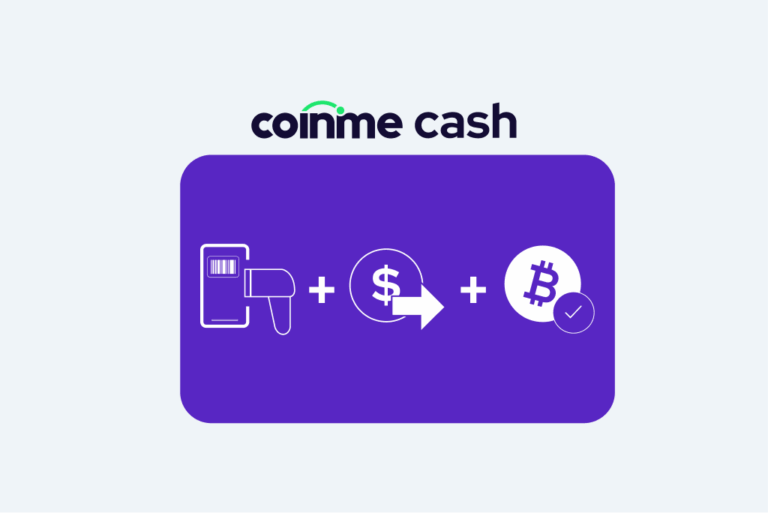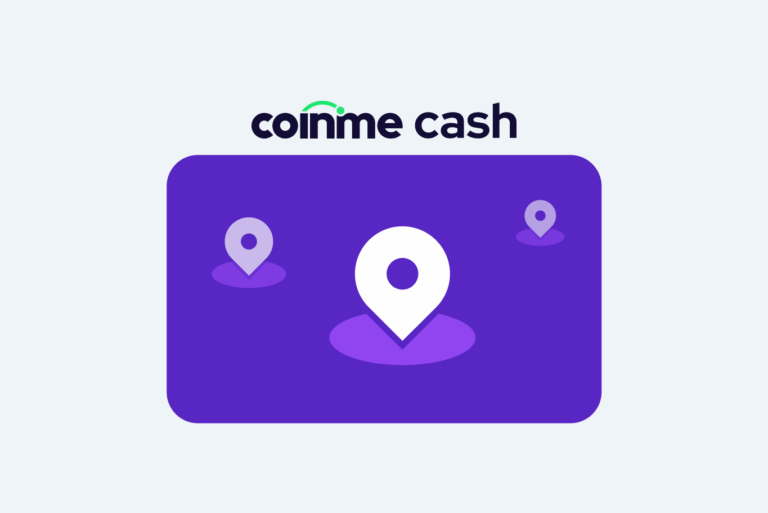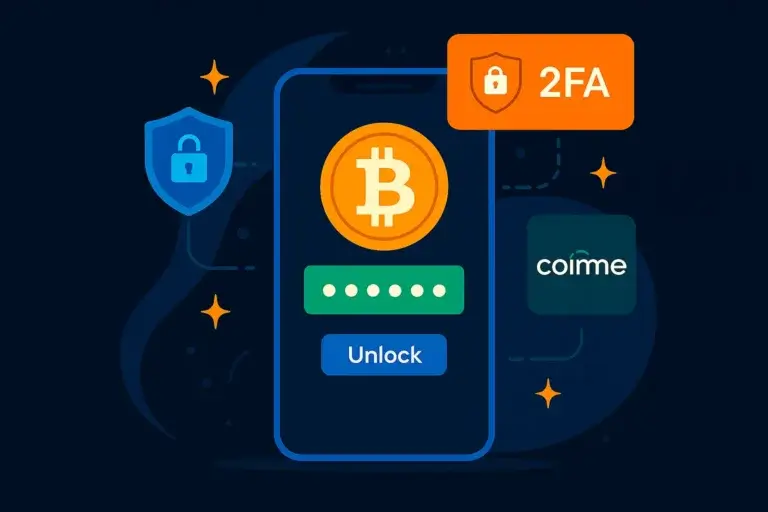Overview
Litecoin predated Ethereum, and former Google Software Engineer Charlie Lee created it to facilitate faster and more affordable crypto payments.
Although it doesn’t enjoy as much mainstream visibility as bitcoin, in terms of age and maturity in crypto years, Litecoin outshines other altcoins.
Launched in 2011, almost on the heels of the Bitcoin network (and what felt like a lifetime before Ethereum in 2015), Litecoin was always designed with fast, cheap, and secure payments in mind.
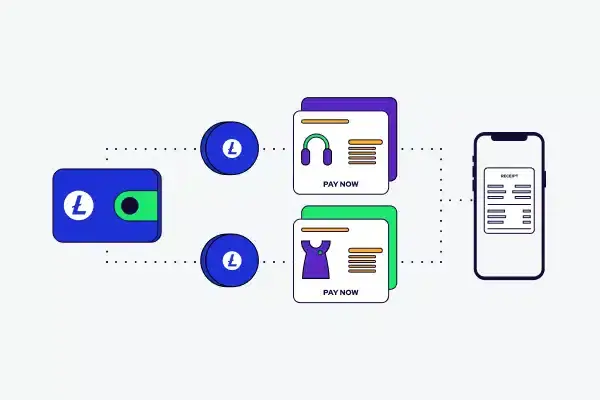
Below we delve into what makes it unique and why it has a use case for payments.
A faster and cheaper alternative to bitcoin
Litecoin was created as a fork of the Bitcoin codebase by former Google software engineer Charlie Lee. The open-source computer code that underlies the Bitcoin protocol was reformatted to enable faster block times on the blockchain (both protocols shared the same MB block size).
The result of the faster blocks — every 2.5 minutes instead of every 10 minutes like the Bitcoin network, was cheaper transactions and a network better suited to everyday payments than the slower and more expensive Bitcoin one.
While there has been a lot of development in the space since its launch more than a decade ago, Litecoin continues to prove its utility as an asset designed for fast and secure digital payment.
How does Litecoin work?
Today, there are 71,081,531 Litecoins in circulation (this compares to 19,139,643 bitcoins and 122,216,523 ether).
Like Bitcoin, the Litecoin blockchain uses proof-of-work, which requires computational power to run and maintain the network.
While the Bitcoin network uses a computing-intensive hashing algorithm that requires specialized mining equipment to maintain, the Litecoin network uses the scrypt algorithm, which is less computationally intensive.
The streamlined algorithm makes mining Litecoin more accessible, although industrial-scale Litecoin mining operations still use specialized computer software and hardware to optimize mining activities for profitability.
Litecoin for payments
When Litecoin was first launched, users quickly adopted it, and it was a darling of early crypto developers.
One of the reasons that Litecoin is so popular is that it fits in well with the early narratives about the uses and benefits of decentralized digital currencies — including fast payments, cross-border transactions and micro-sized debits.
While narratives and popular crypto projects have moved on to other crypto use cases such as NFTs and DeFi, the need for rock-steady (and well-established) crypto payment infrastructure continues.
One of the significant snags for easy-to-use crypto payments was the difficulty of converting cash to crypto and vice-versa. Until recently (and with the suite of services offered by Coinme), it was generally difficult, costly and time-consuming to use cash-to-crypto on-ramps and off-ramps.
But all of that has changed.
The Litecoin Foundation, a group that advocates and supports continued Litecoin innovation, has created a Visa debit card so people can spend Litecoin just like fiat currency. In addition, a growing number of apps, stores, and online services also accept direct payment of Litecoin.
Check out the Litecoin Foundation’s resources for more info.
Buying Litecoin with cash
Buying and sending Litecoin or receiving and spending Litecoin has never been easier, thanks to Coinme.
To get started, all you need to do is visit a Coinme-enabled Coinstar kiosk to start buying Litecoin with cash. You can also buy Litecoin with a debit card in the Coinme app.
Learn more about Litecoin and keep tabs on the latest price movements by visiting the Coinme Learn Litecoin page.



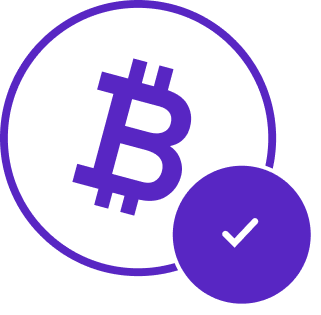
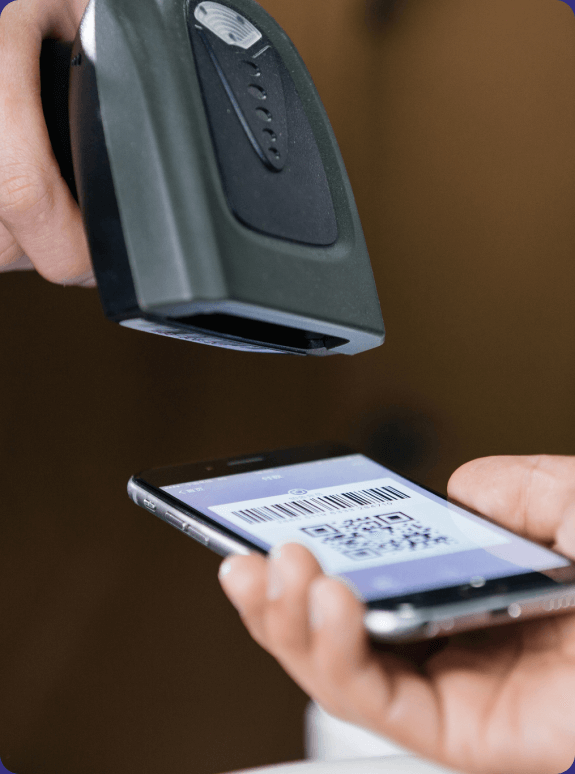
 today and save big! Get up to 35% more crypto for your cash at 10,000 retailers nationwide.
today and save big! Get up to 35% more crypto for your cash at 10,000 retailers nationwide. 